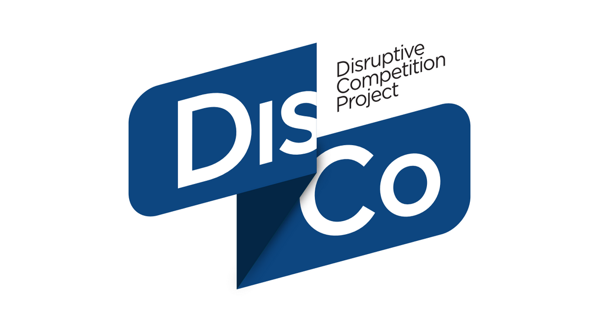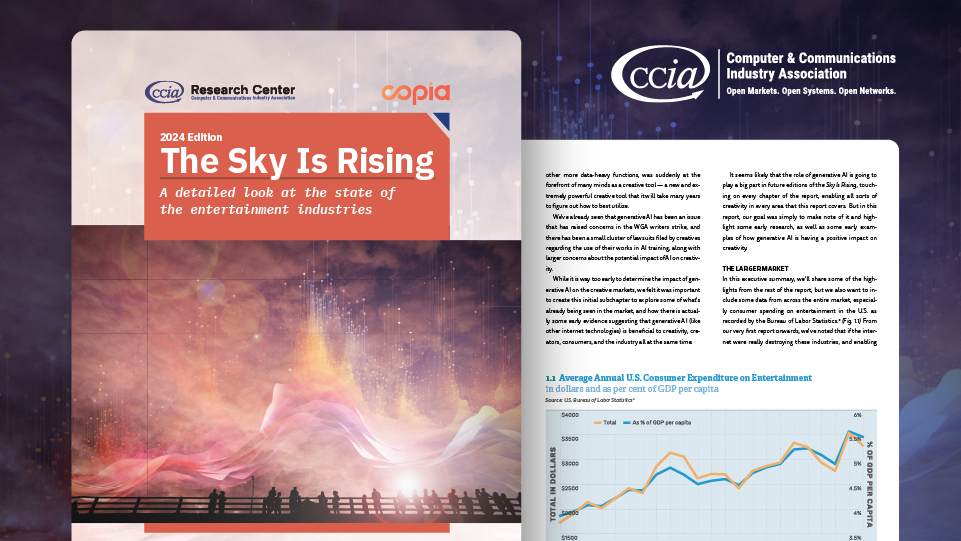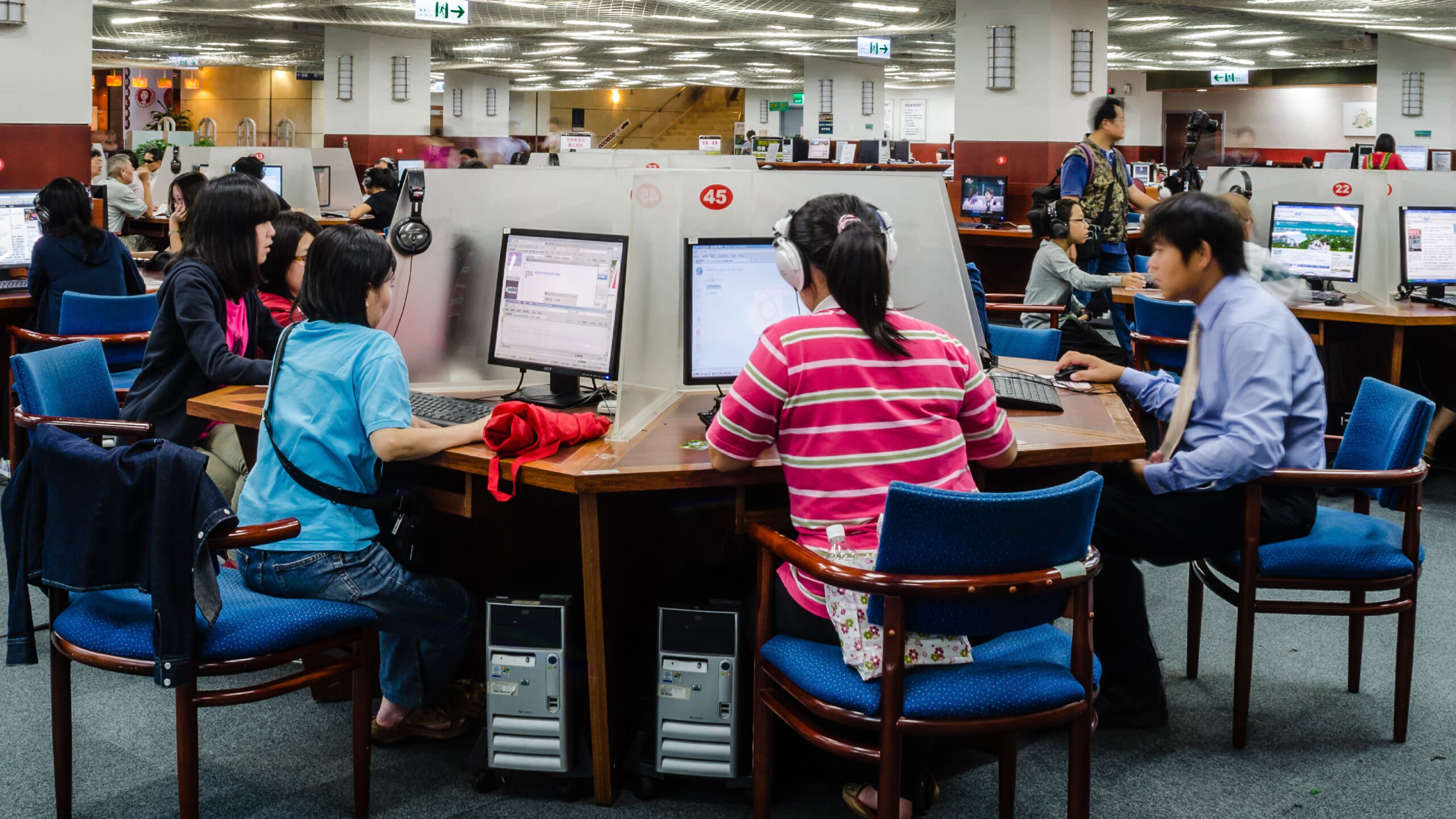Music Industry DMCA Letter Seeks to Turn Back Clock on Internet

Yesterday, a group of copyright holders and musicians joined the Recording Industry Association of America (RIAA) and other music industry entities in a letter to Congress, asking it to upend one of the legal cornerstones of the Internet.
That cornerstone, Section 512 of the 1998 Digital Millennium Copyright Act, is something that DisCo has covered frequently over the years ([1], [2]). Enacted in the last major revision of the Copyright Act, the Section 512 “safe harbor” represents a compromise between copyright holders and online services that has allowed the Internet to become what it is today — a worldwide democratizing platform for communication, creativity, and commerce. Under the Section 512 safe harbor, online services aren’t held responsible for alleged copyright infringement by their users, provided that services quickly take down content in response to specific complaints about infringing works on their service. In exchange, rightsholders can rapidly suppress allegedly infringing online content in an extrajudicial manner, without resorting to courts. On some larger platforms, rightsholders get relief in a matter of hours.
Because of the DMCA, individual creators can utilize online services to reach a worldwide audience with their art. In the pre-Internet era, an artist seeking a worldwide audience had to persuade gatekeepers to admit them. Without the blessings of studios, labels, or publishers, an aspiring creator had little hope of reaching beyond their immediate community.
The Internet changed that, but only because online platforms had legal certainty. Without Section 512, online services would have risked multimillion-dollar infringement liability each time an aspiring musician or filmmaker shared their works with the world. Each one of the billions of videos, images, and songs uploaded by users might bring financial ruin. Section 512 created an environment where service providers who responded quickly to complaints could still provide a platform to millions of users’ voices.
Today, tens of thousands of platforms rely on this safe harbor. (Over 20,000 entities have registered with the Copyright Office as a part of the DMCA compliance process, representing more than 90,000 sites.) Artists are born on YouTube, and through the quirks of the Internet, established artists like Simon & Garfunkel can be re-discovered there by a new generation. Movies like “Frozen” are transformed into viral sensations due to online tributes, which in turn drives theatre revenues and merchandising. Artists use the DMCA-reliant platforms to successfully engage with their fans: research suggests that fans who engage with their bands on social media spend more on music, and listen longer.
While many artists couldn’t succeed without these online platforms, the RIAA and its allies are established enough that they don’t need to rely on third party platforms to reach global markets. The letter signatories instead complain that they can’t live with user-enabling Internet platforms that are crucial for many aspiring Internet creators. These complaints, timed to coincide with certain licensing renegotiations, are contrary to what one usually hears about the DMCA. Since 1998, to the extent the DMCA has been criticized, critics argued not that it needed strengthening, but that it was too powerful, and too solicitous of rightsholder interests. Critics point to evidence that it is frequently used to stifle speech and competition ([1], [2]). These problems are ignored by the letter in asking for even more power to suppress Internet content.
The letter offers several criticisms attributed to the DMCA safe harbor that don’t hold up.
- “This law was written and passed in an era that is technologically out-of-date compared to the era in which we live.”
Far from being out-of-date, the 1998 DMCA is the most recent substantive revision of the Copyright Act. By this logic, the entire 1976 Copyright Act is technologically out-of-date too — some parts of which date all the way back to 1909. Even if we accept the dubious proposition that laws have a shelf life and an expiration date, then the DMCA is one of the freshest parts of the Copyright Act. - “Music consumption has skyrocketed, but the monies earned by individual writers and artists for that consumption has plummeted.”
Recent industry data and analysis reflects a growing music sector. PROs have announced growing, record payouts ([1], [2],) to songwriters, topping $1 billion annually. And consumers are spending more on music each year. It is true that some stakeholders, like the RIAA and music labels, are losing out as consumers spend a growing share of that money on streaming and live events. However, the DMCA is not responsible for consumers’ shifting preferences. - “The tech companies who benefit from the DMCA today were not the intended protectorate when it was signed into law nearly two decades ago.”
This is a strange view of how laws should work, that only the specific interests who were connected enough to have had lobbyists at the table when a law was enacted should be able to benefit from it. Sadly, this is how much of the Copyright Act is written. But the DMCA isn’t an example of that. Courts have noted that Congress explicitly intended that the DMCA should apply broadly, beyond those who existed in 1998. This makes sense when considered in light of Congress’ intention that the safe harbors provide legal certainty to an entire industry. It’s also somewhat disingenuous to suggest that only companies which were in existence in 1998 can benefit from the Internet, since most of the Internet post-dates 1998. This interpretation would ensure the law applies to virtually no one, which might be the desired outcome, but isn’t consistent with what Congress intended.
Undermining the DMCA would represent bad political judgment for several reasons. First, a vast number of platforms and users rely on the DMCA in the daily business. As the SOPA debacle indicated, reopening the DMCA to upset this reliance — particularly to mandate that everyone’s postings are affirmatively surveilled — is a “third rail” in IP politics.
Second, imposing an affirmative duty to filter Internet content would actually violate international trade obligations that the United States has with over a dozen countries. Ironically, this is largely because U.S. content industries, including some supporters of yesterday’s letter, lobbied to include the DMCA in U.S. free trade agreements. As a result, numerous agreements, including the Trans-Pacific Partnership (which the RIAA called “critical to sustaining America’s creative sector”) compels the U.S. and its trading partners to maintain safe harbors for online intermediaries. Because a U.S. violation of safe harbor obligations would invite U.S. trading partners to break other IP commitments, efforts to reopen the DMCA and impose affirmative monitoring obligations would seem to be particularly unwise.








